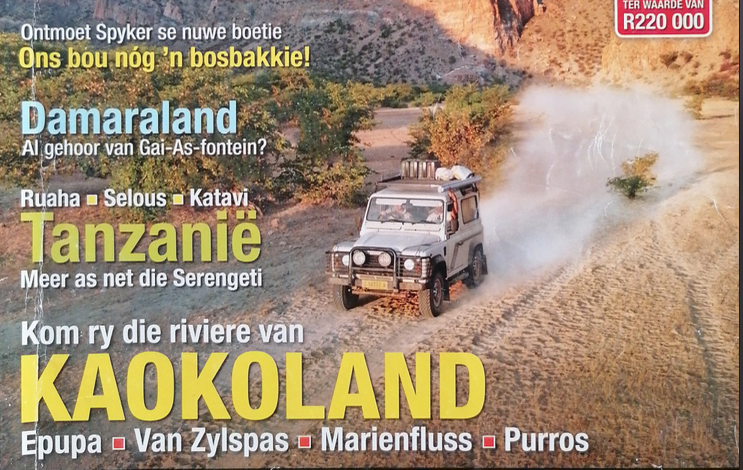
kaokoland ad Wegry
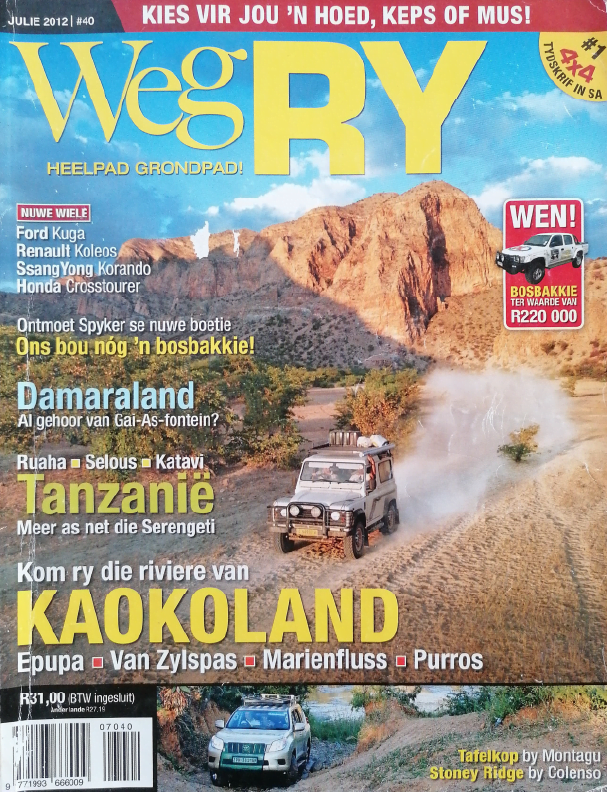
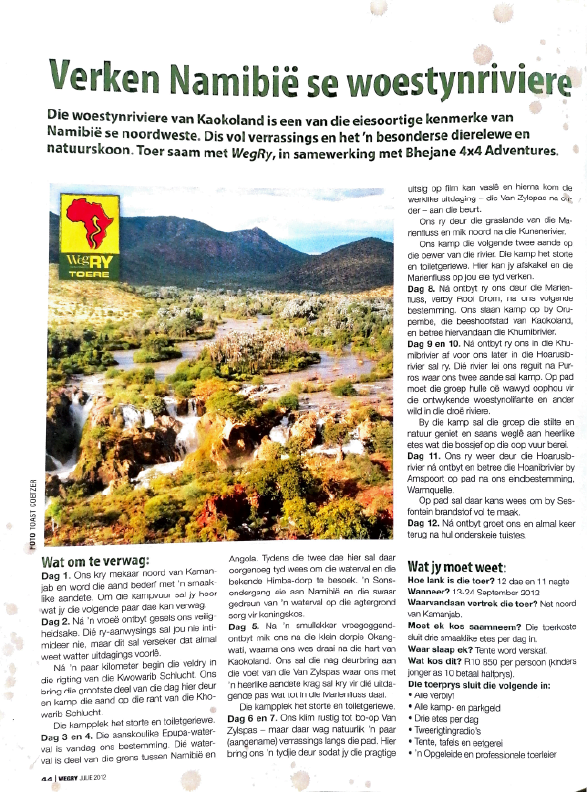



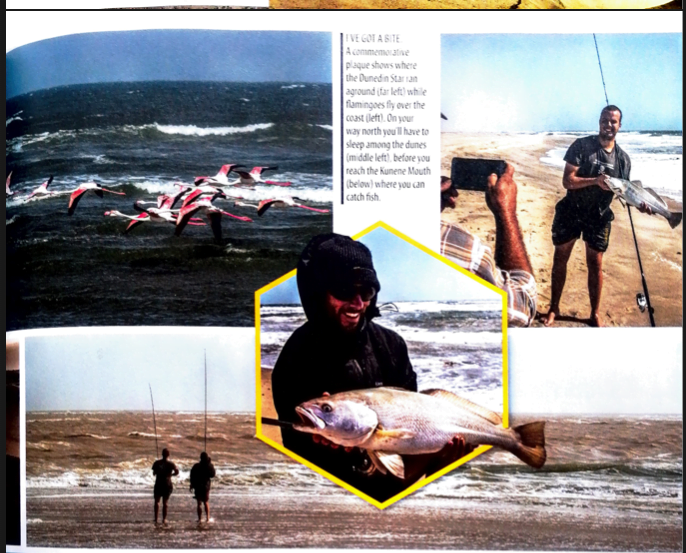
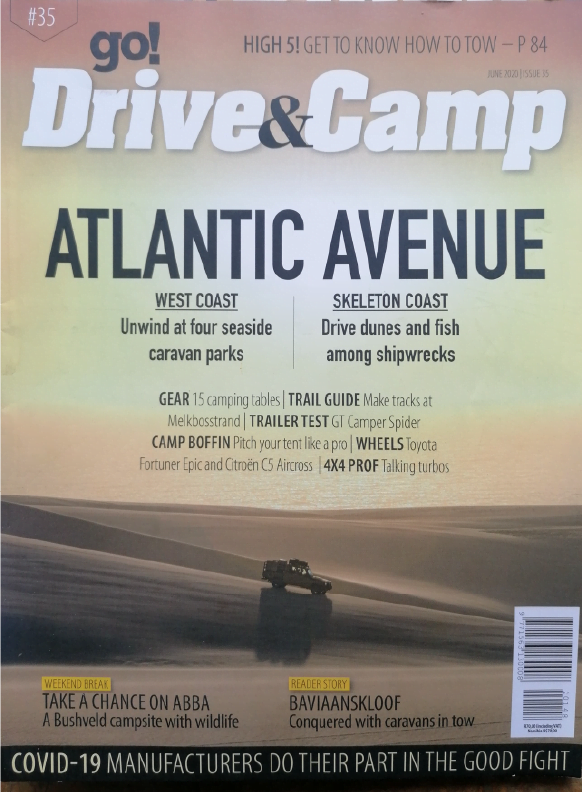
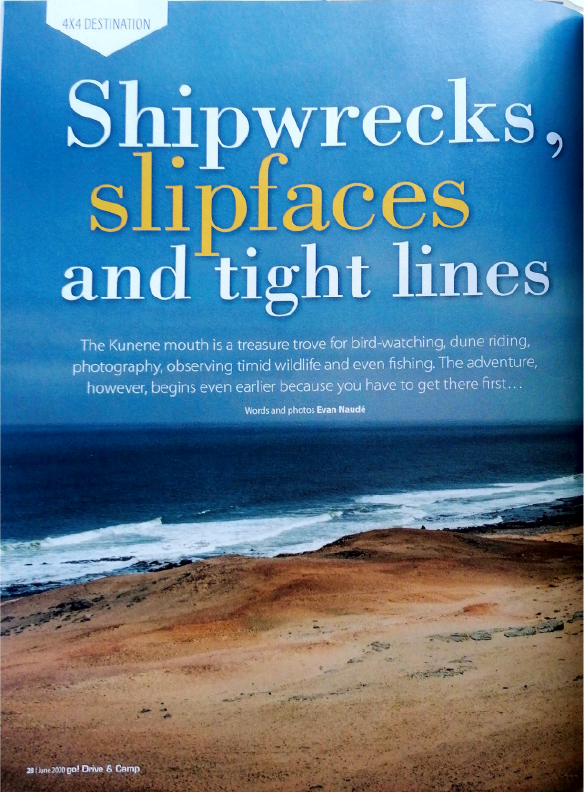
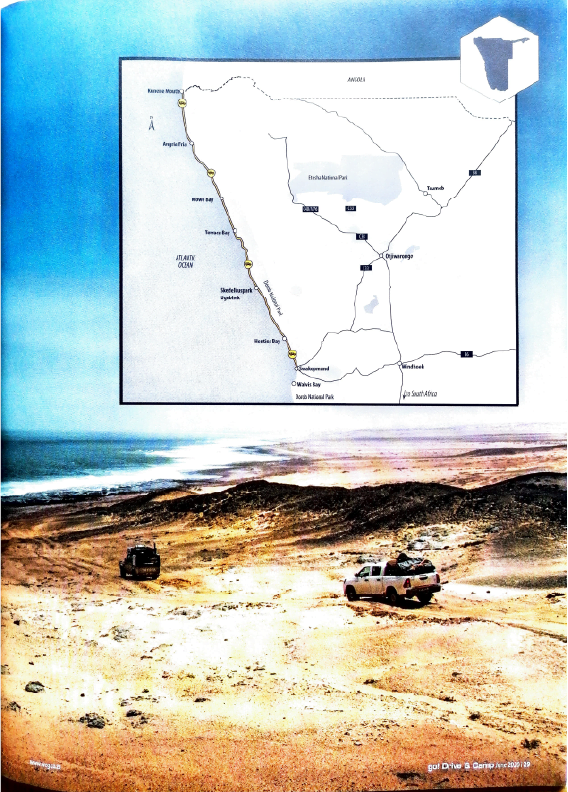
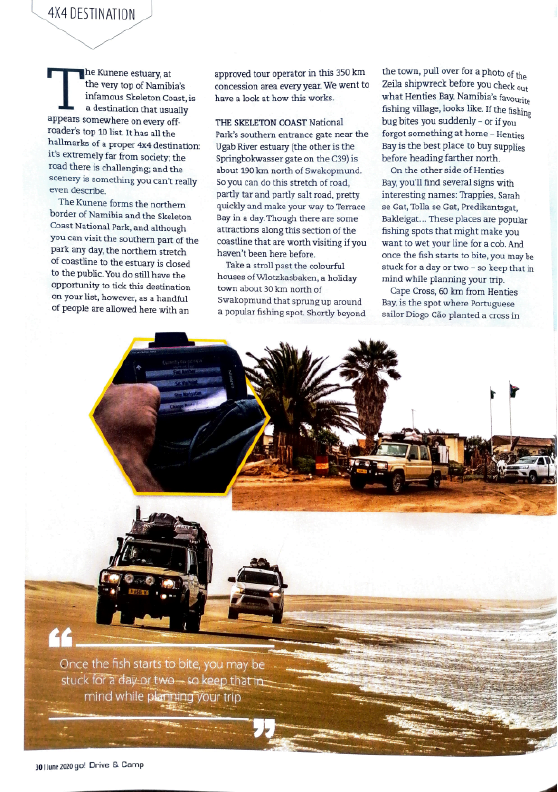
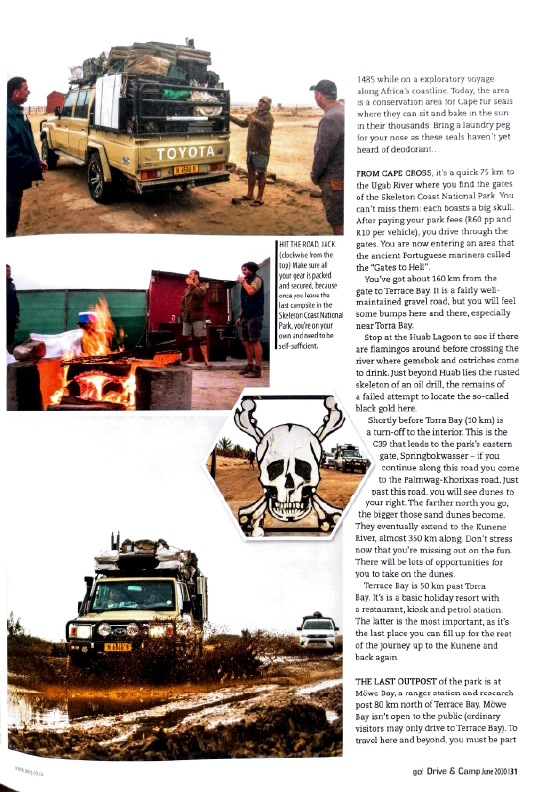
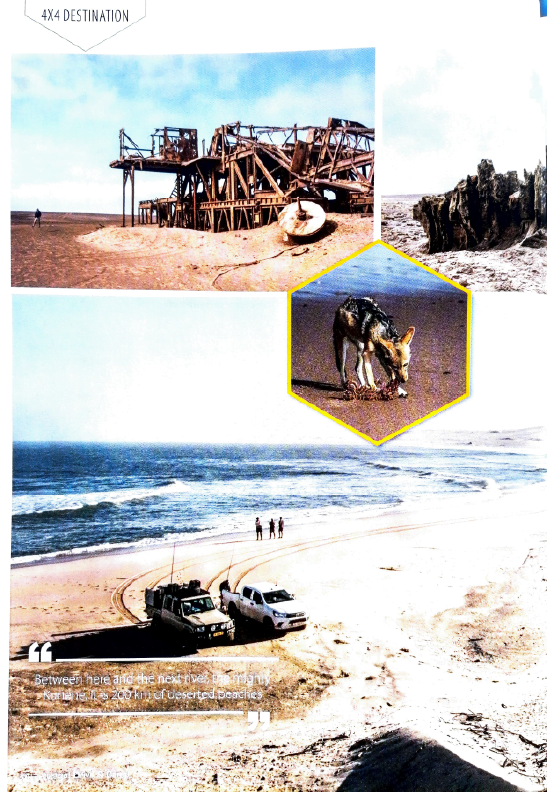
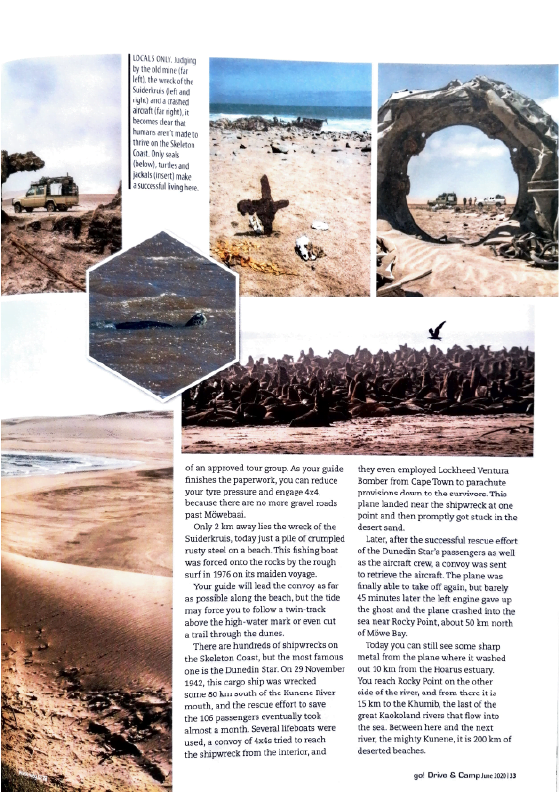
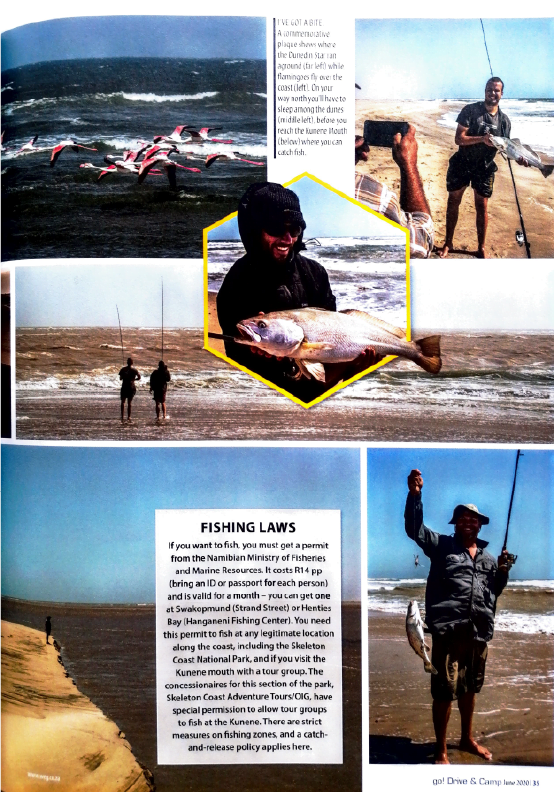
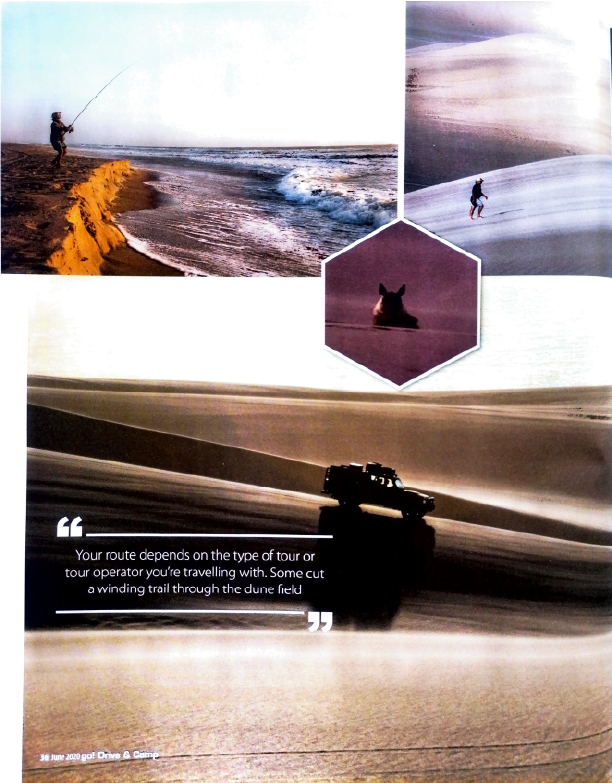
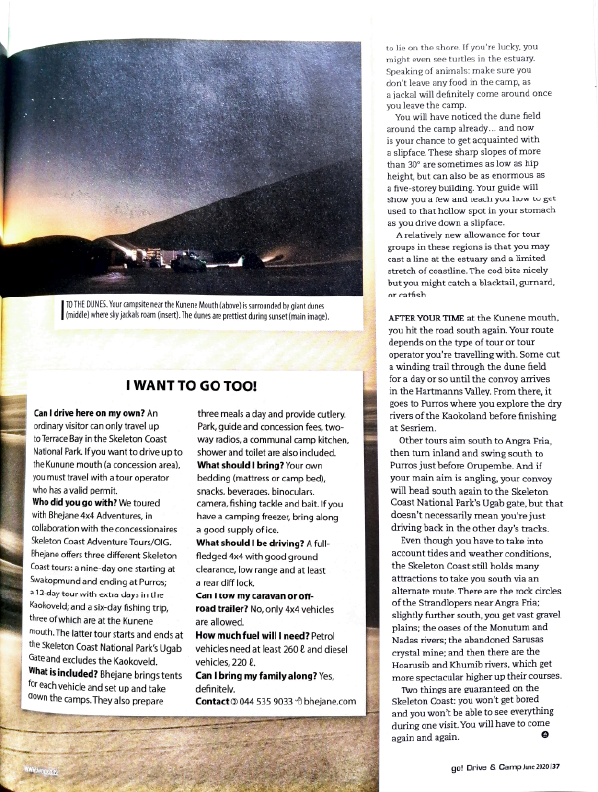

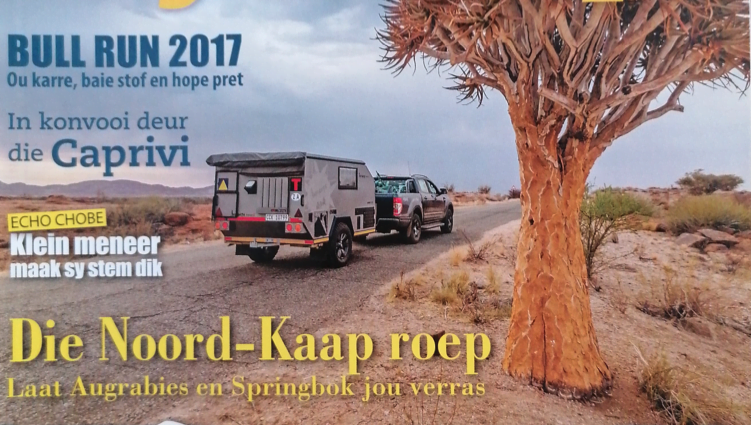
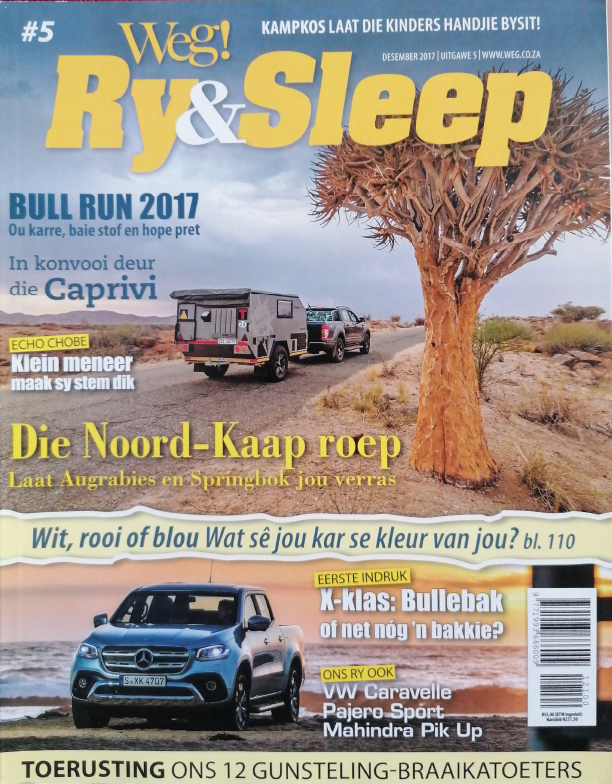
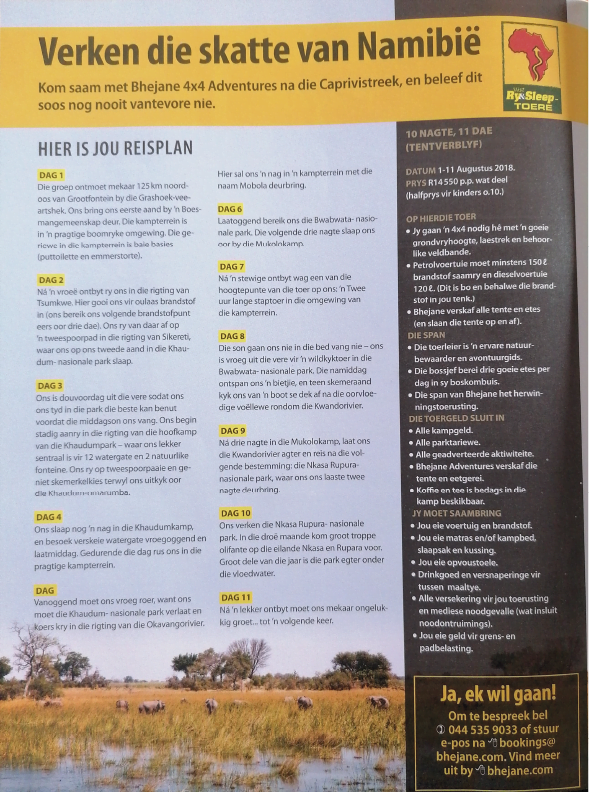
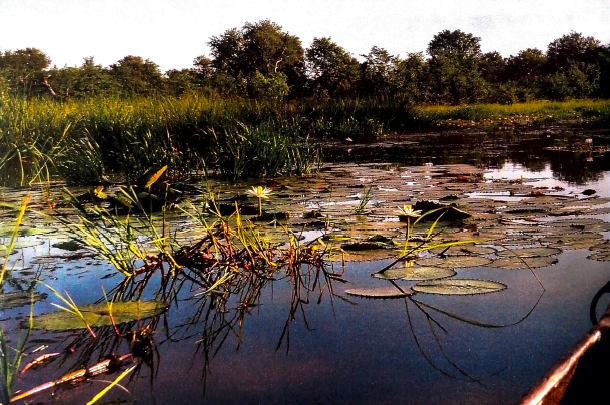












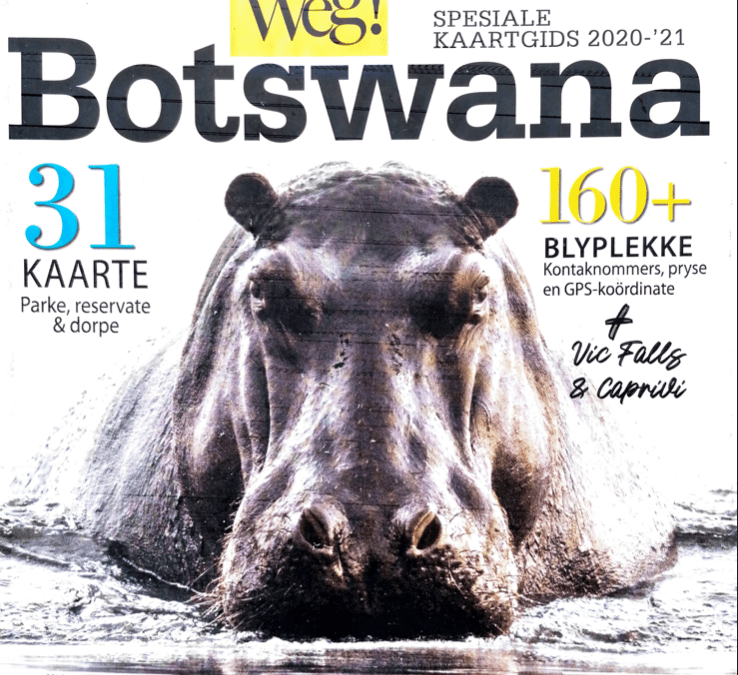
Botswana is full of beautiful places, but all of them is it serious: Moremi and Chobe are this neighboring countries at its wildest. Here is a 13-day itinerary from Maun to Kasane through these two parks. Adventure is guaranteed!
If a whole day’s driving doesn’t put you off, Gauteng will It takes a long day to drive up to Maun, and two full days from Cape Town (two or three makes more sense). So spend a day on Maun before you visit the tackle qramadoelas. Make your shopping list as you sit down for breakfast at the Tshilli Farmstall on the corner of the Sir Seretse Khama Road and Motshaba Street. Try the Full Tshili Farmstall breakfast with a glass of the boss iced coffee. Maun has two Spar supermarkets and a Clicks pharmacy where you can do your shopping. Have you forgotten your driveway? Drop by Kalahari Canvas on Mathiba l Street, or at the Landmark along Sekgoma Road. Whether you like chicken or lamb, at the Beef Boys Meat Market and Delta Meat Deli you can buy meat. you can just buy crocodile and turtle meat if you are adventurous! (You are. Try it.) Both butchers can make frozen packs that you can just pick up (contact them a week in advance). You can also order fresh fruit and vegetables By lunchtime, all your shopping should be done. Treat yourself to lunch at Marc’s Eatery. Order a meatball toebie (P60) or a venison burger (P80). That’s it first again on Kasane where someone else will cook for you. Camp at the Island Safari Lodge along the Thamalakane River on the north side of town. The pitches have power points, there are clean ablution blocks with hot water and even a restaurant. Even if you sit in your camp chair and look over the river, remind the braying of donkeys and barking dogs tell you that you are in a town. In fact, the nearby bar might be hosting an ABBA evening, and Debonairs delivers pizzas in the campground. From tomorrow, however, it’s a completely different story.
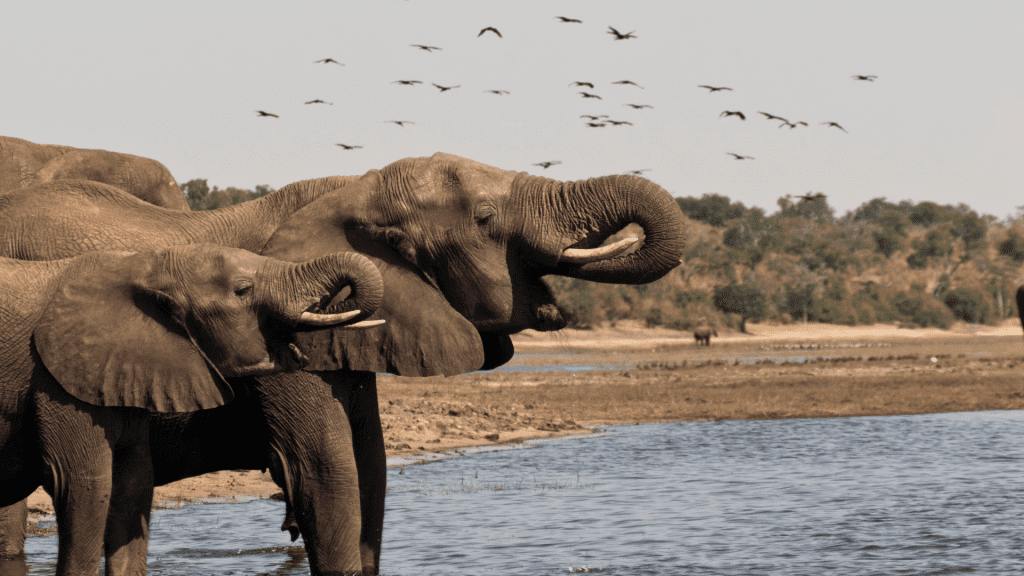
Day 2-5 – Khwairivier
early on the road towards North Gate (also known as the Khwai Gate), 44 km from Xaxanaxa. First iy iy through riparian forests and mopane fields until after about 25 km you drive along the Khwairiver. Look carefully to the left and right on the stretch of road: Elephants and even hippos sometimes run blindly across the road. Stay out of their way! Stop at the Dombo manatee pool (turn off at $19.19968 E23.65447). Stretch your legs at the observation deck, or throw bacon and eggs on the Weber vit a bushbrekfhis. Leave Moremi at North Gate and drive across the Khwai River to the eponymous town of Khwai. Here are two small ones shops where you buy a packet of chips and a coke, and maybe even a beer (no fuel). After 17 km on the main road out of Khwai, you turn right to the Magotho campsite. The entire area north of the Khwai River as well as this campsite is managed by the Khwai Development Trust. You’re outside the park, but lions often walk here and other wildlife is abundant. The 14 pitches are far apart and not fenced. When I got there, there were three wild dogs chased a roebuck between the stands! Magothy was once a wilderness camp with no gene facilities, but there is now a small ablusite block with flush toilets and a cold shower. The campsite is quite a lot quieter than the ones in the park. Even if there are other campers here, the pitches are so far apart you still feel as if you have your own piece of wilderness. After pitching your tent, stop by Cam’s Corner (S19.12551 E23.87560) and watch the sunset over the Khwai River.
You can not leave the delta without the waterways to explore a mokoro. Early morning arrange with Swampland Safaris and meet a poleman near the village of Khwai. A ride costs P450 pp and lasts about two hours. After the mokoro ride, drive over the bridge back into the park at the North Gate to explore the game trails on the east side of the park. This area has loads of game. Then drive back into the park at the North Gate around the exploring game trails on the east side of the park.
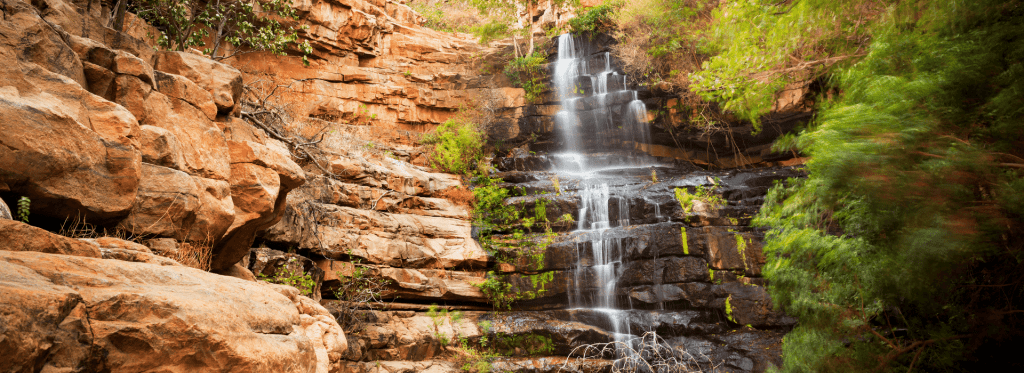
Savuti is a paradise for predators. Water hedgehogs are not as freely available as in the delta and animals are sometimes forced to go to waterholes without covering them. Spanfor Take a trip to one of the waterholes and there is a good chance you will see predators such as lions.
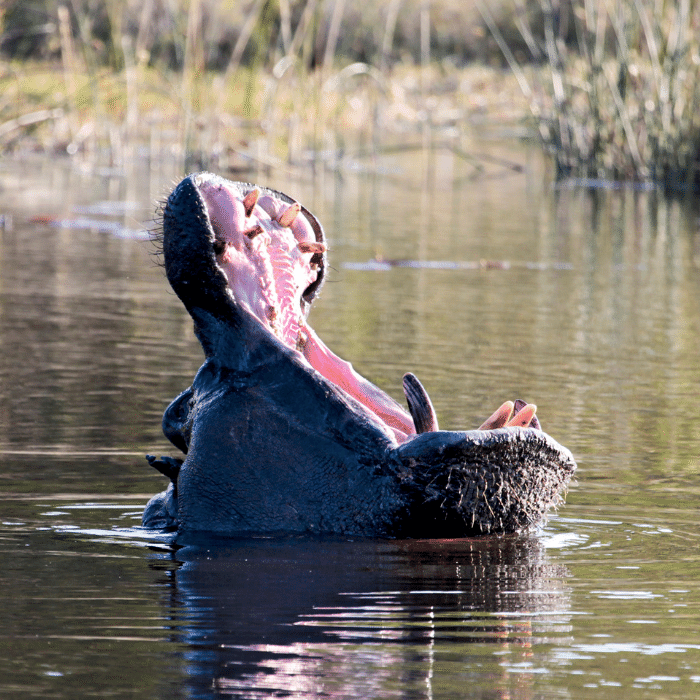

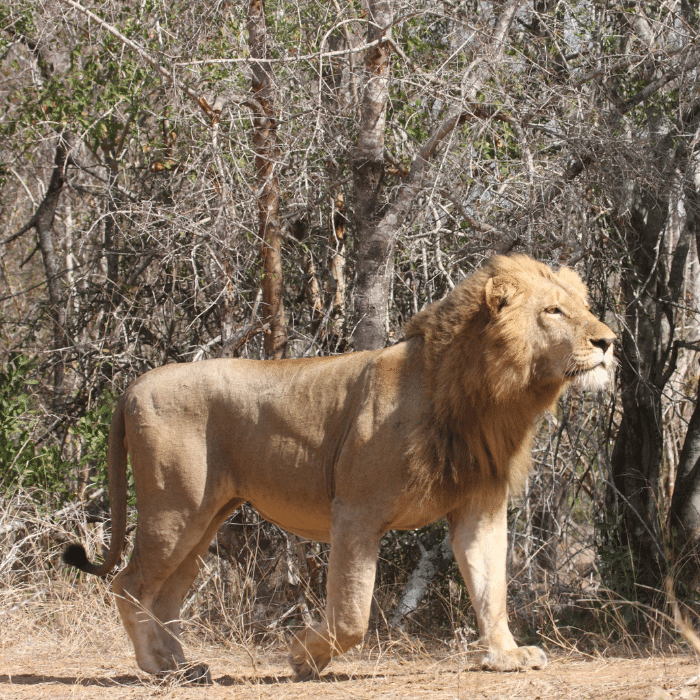
Pack up early and drive towards Savuti. Turn left at the fork, and back to the main road (S19.15841 E23.92154) past the Pankwa water hole. Turn right at the main road and after 2km left again to the Mababe gate. At the Mababe gate, you are now officially inside the Chobe National Park, but this part of the park is known as Savuti. From the Mababe gate, it is another 45 km drive along the Sandrifpad to the Savuti rest camp. The road is sandy with the Mangwikhwe sandbar to the west, and the open savanna to your east. Looking at a map of Savuti, you could be forgiven for thinking it was a water-rich area. With names like the Savuti Channel, Savuti Lake and Savuti Swamp, it looks like you should be driving around here with diving goggles. However, the reality is that the water from the Chobe River only comes here once every few decades and that the only water you see here is at waterholes.
The Sand Reef Road to the Savuti rest camp takes about three to four hours and the more beautiful Swamp Road about one hour. The rest camp’s ablution block looks like a small fort to prevent vandal elephants from coming to quench their thirst by destroying the water tanks. If possible, book campsite 2, 3 or 4. They all look over the Savuti channel (campsite 1 too, but it’s opposite the staff accommodation). Drive the tent pegs deep and pump joLAnatras extra hard, because here you sleep for two nights. In the afternoon explore the Savuti plain north of the campsite. Drive over the steel bridge to Lake Savuti (dry), and then to Harvey’s Pan. Drive to the Quarry Hill before shooting back to camp. To get to the top of the hill you need: hair on your teeth. It’s a steep, rocky climb with your 4×4. From here you can see how vast and flat the landscape of the Chobe National Park is with only the hills around Savuti standing out, as well as a bunch of baobabs directly to the north. After this, drive to the custard tarts themselves – it’s about 2.5 km from the Quarry Hill to Boabab Island. Back at camp, light your fire before the sun goes down, because wild animals are coming to visit! Last time I camped here, a hyena carried away our sink while two great-eared owls sat and cooed to each other in the tree above us. Who needs Netflix now?

When you pack your car this morning, make everything extra firmly and deflate your tires a little more. Today going to be rough. After the stable bridge, turn left in the direction of Linyanti. Between you and Linyanti lies the Magwikhwe Sand Reef, and to get over it you will drive through deep sand. Unlike at Savuti, the Linyanti Swamp is anything but dry.
The swamp is also where one of Botswana’s rivers is located the name changed: Before the water flows into this swamp, is it the Kwando River (in Namibia), in the swamp, it is the Linyanti River, and when it flows out, it becomes the Chobe. There are not many wildlife viewing routes here. Explore the 8km road were some vantage points l . You shook and bumped all the way here; saddle rather the rest of the day off at your campsite. The Linyanti camp is the furthest and quietest corner of the Chobe National Park. Here are just five pitches and all are facing the water. Elephants and even wild dogs are often seen in the camp spot guaranteed – you don’t even have to get out of your camp chair not to stand. Enjoy the seclusion, tomorrow it’s back again to “civilization” then.
From Linyanti, follow the road along the border of the park for about 30km, then turn left towards Kachikau where the tarmac starts again. Stop and inflate the tires again. Buy an ice-cold Coke at the first storefront (if you only drink a Coke once a year, drink it here). Although you are now driving through villages, you may still encounter elephants – don’t rush. From Kachikau you drive through Kavimba. Pull off at the Kavimba Gateway, where historic custard tarts stand. According to tradition, the founders of Kavimba kaPhp under these very trees years ago. Check out Mabele at the Lwaavo Art & Culture Centre, where beautiful grass baskets are sold. Before you stop at Muchenje Campsite & Cottages, fill up at the new Puma petrol station outside Muchenje. Dive in the pool at the Muchenje Campsite & Cottages, and hang out on the deck overlooking the flood plain. In the late summer the water comes up to the deck, but in the dry season there is hardly a puddle here.
Zebras and other wildlife often graze in the Chobe floodplain near the Muchenje Campsite & Cottages. This part of the Chobe River falls just outside the national park and it is not unusual to see wild animals grazing among cattle (the cattle come from Namibia).
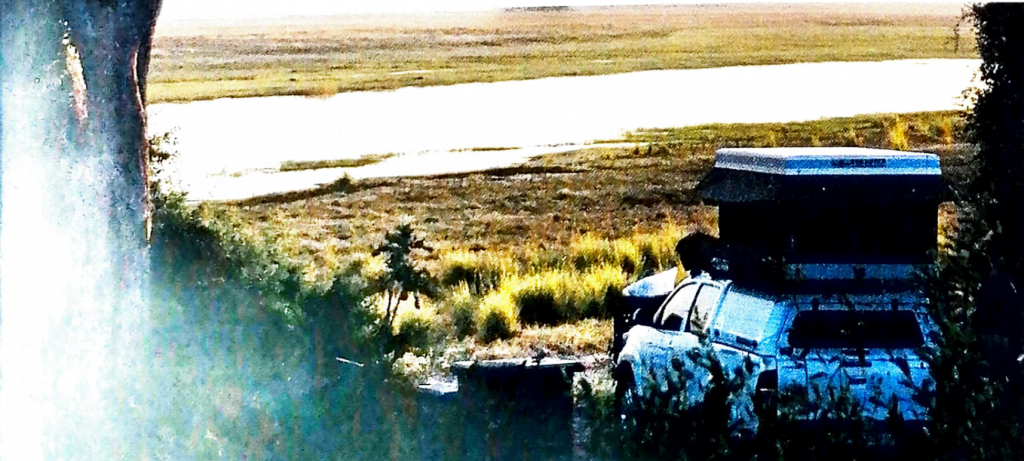
The part of the Chobe National Park north of the – A33 trunk known as the Chobe River Front. Massive herds of zebra, buffalo and elephant congregate around the perennial river. Predators are also abundant. “Although the roads are still sandy, it is much easier to drive around here than in Moremi or Savuti. Enter at . the Ngoma gate along the western end of the A33 and stop at the Mopororo lookout which overlooks the whole of Chobe -floodplain lookout. The main wildlife viewing road through this part of the park runs close to the river, but there are smaller seasonal roads that sometimes run right up to the water. Drive through the Maribou pass to lhaha, the only campsite around here. Between haha and the Sedudu gate at Kasane the roads in the park get busier with game viewing vehicles from the lodges in town Have lunch at the Serondela picnic spot drive around the Puku plain and back to lhaha to pitch your tent .There are few campsites in Botswana that have as much wildlife and birds in and around the camp as Ihaha, and all ten sites overlook the Chobe River. However, it is a shame that the facilities have deteriorated in the last few years, and that there are complaints of theft by people using mokoros t Namibia comes with the river. If you camp here, make sure your valuables are safe, and don’t leave your tent unattended. If you are worried about safety at Ihaha, sleep an extra night at the Muchenje Campsite & Cabins, or on Kasane. You can then still explore the area around Ihaha as a day visitor.
Kasane is a sudden bustle after ten days in the wilderness, but for once it’s nice to sit in a restaurant and order a bore food (not to mention a cappuccino!). Our favorites are The Coffee Buzz (for breakfast and coffee), The Old House (book in advance for dinner) and PPC (it stands for Pizza Plus Coffee & Curry – you can eat pretty much anything here!).
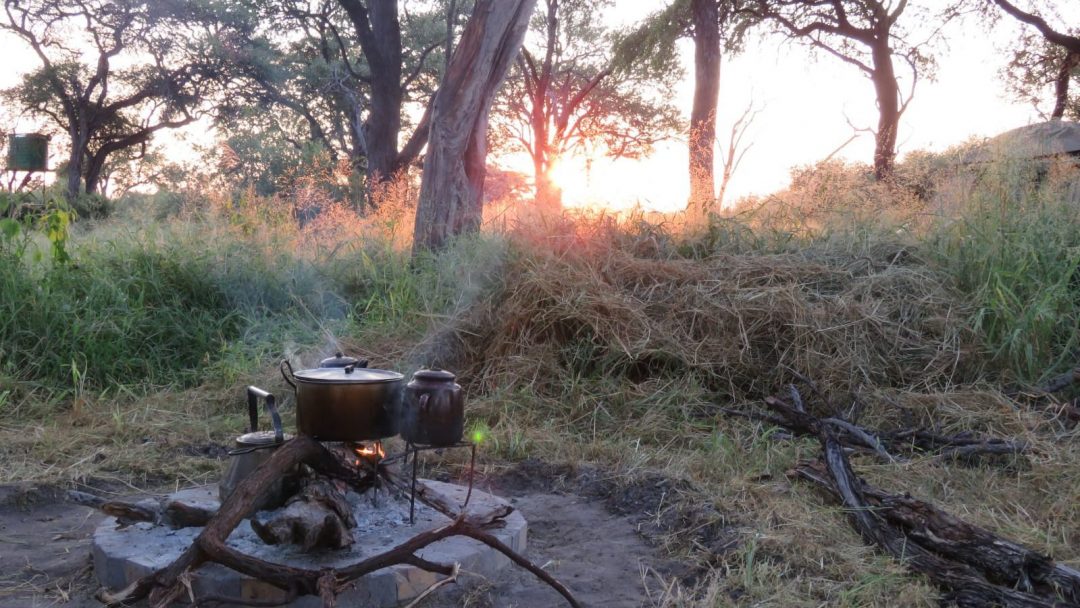
Kasane lies along the Chobe River. Warthogs scurry around the street and it’s not uncommon for sea cows to be seen at night. In some parts of the town – where walkways provide access to the river – you can even come across elephants and buffaloes! Kasane’s charm lies precisely in how cozy man and nature live side by side. There are supermarkets, banks, gas stations, etc. Today is the day to stock your pantry, get your car serviced if needed, and make reservations for the next few days’ activities. Visit the . historic custard tart in front of the police station – it has served as a prison and post office over the years. If you are camping at the Chobe Safari Lodge, the shops are within walking distance, but otherwise you will have to drive. Kasane’s neighboring town is Kazangula, a border town where heavy vehicles pass through border posts to Zimbabwe and especially Zambia. The Kazangula ferry is still used to transport vehicles across the Zambesi River from Botswana to Zambia – it’s interesting to watch. A new border post and bridge over the river is currently being built, and it may be finished by the time you get there.
Book a game drive to Chobe in advance. Any of the lodges or campsites can arrange this for you. Some have – their own vehicles and guides; others use a third party. You can of course also drive around the park yourself, but take a little time off today and let someone else do the driving work. There’s excitement in the air when you arrive at the park gate in the back of the game viewing vehicle – what are you going to see? Remember to bring a warmer, because it’s cold in the morning. You follow a circular route from the gate to the river bank, and after stretching your legs and visiting the bathroom at the Serondela picnic spot, you turn back. Lions are frequently seen. You should be back in Kasane by eleven – just in time for a late breakfast. Lay low through the middle of the day. This afternoon you go on a sunset cruise, but it’s much more than that! A cruise on the Chobe River is unique. Where else in the world can you sit on a boat in a camp chair with a cold beer or soft drink in hand, and sit quietly and watch elephants, buffaloes and manatees?